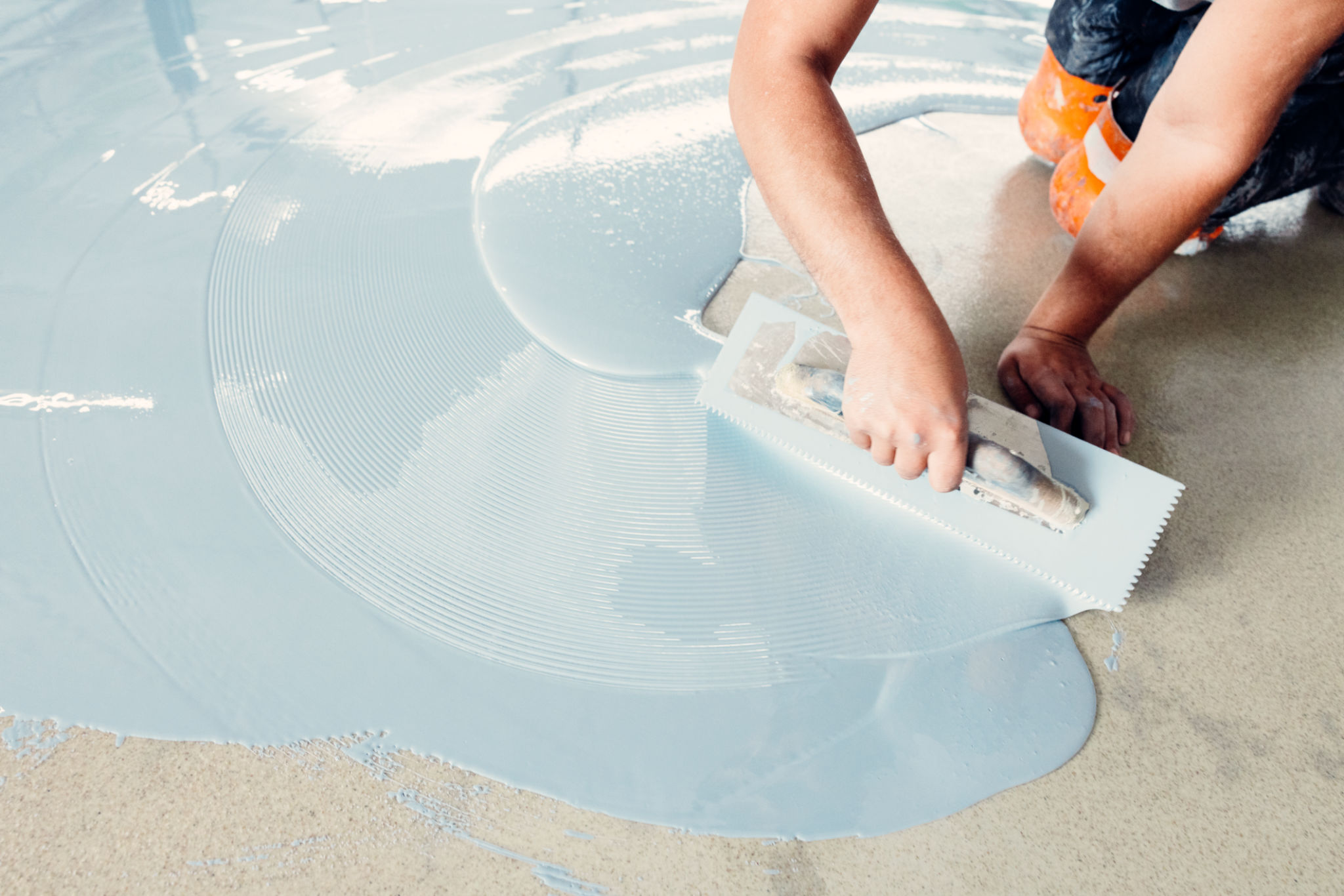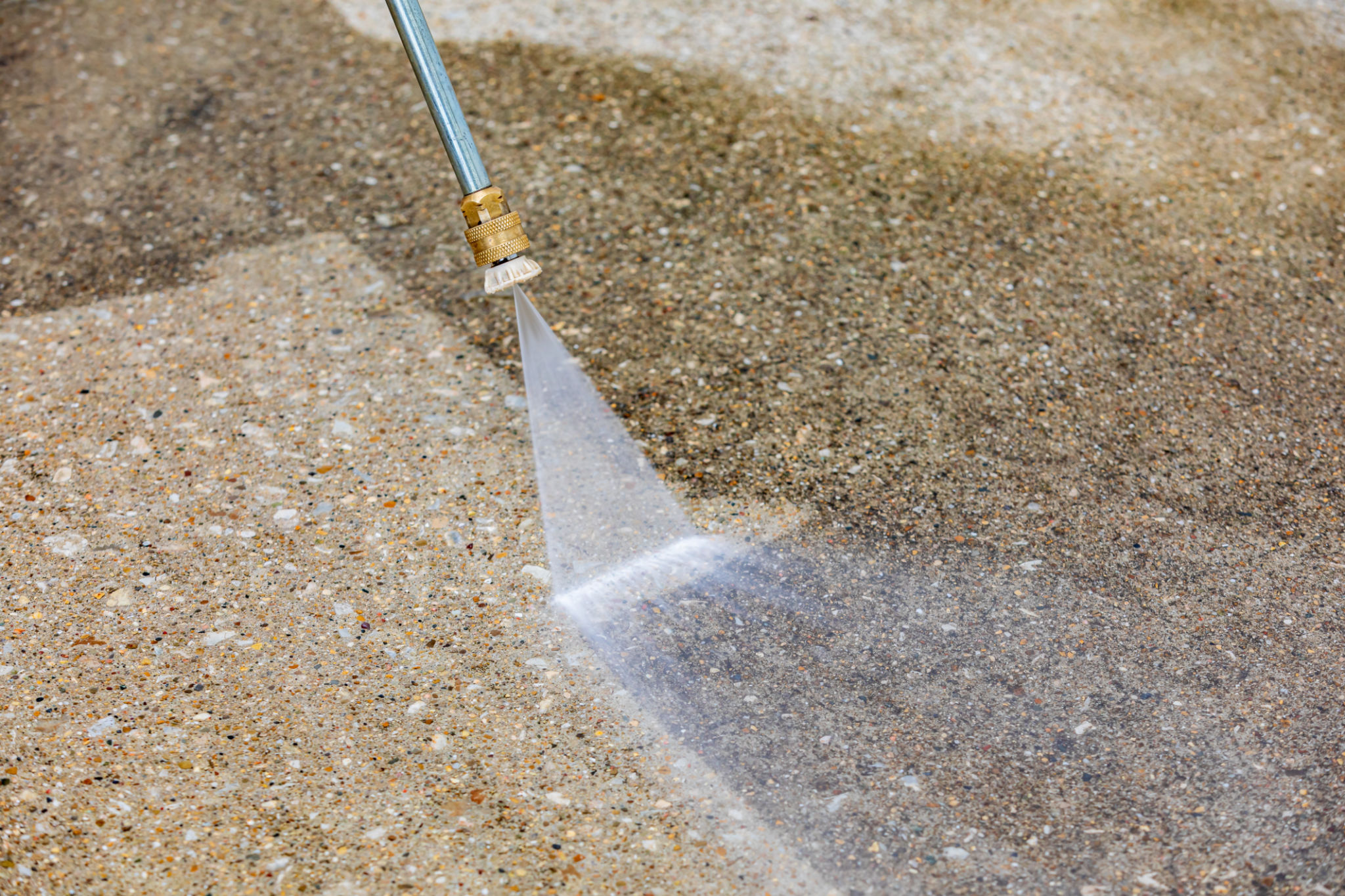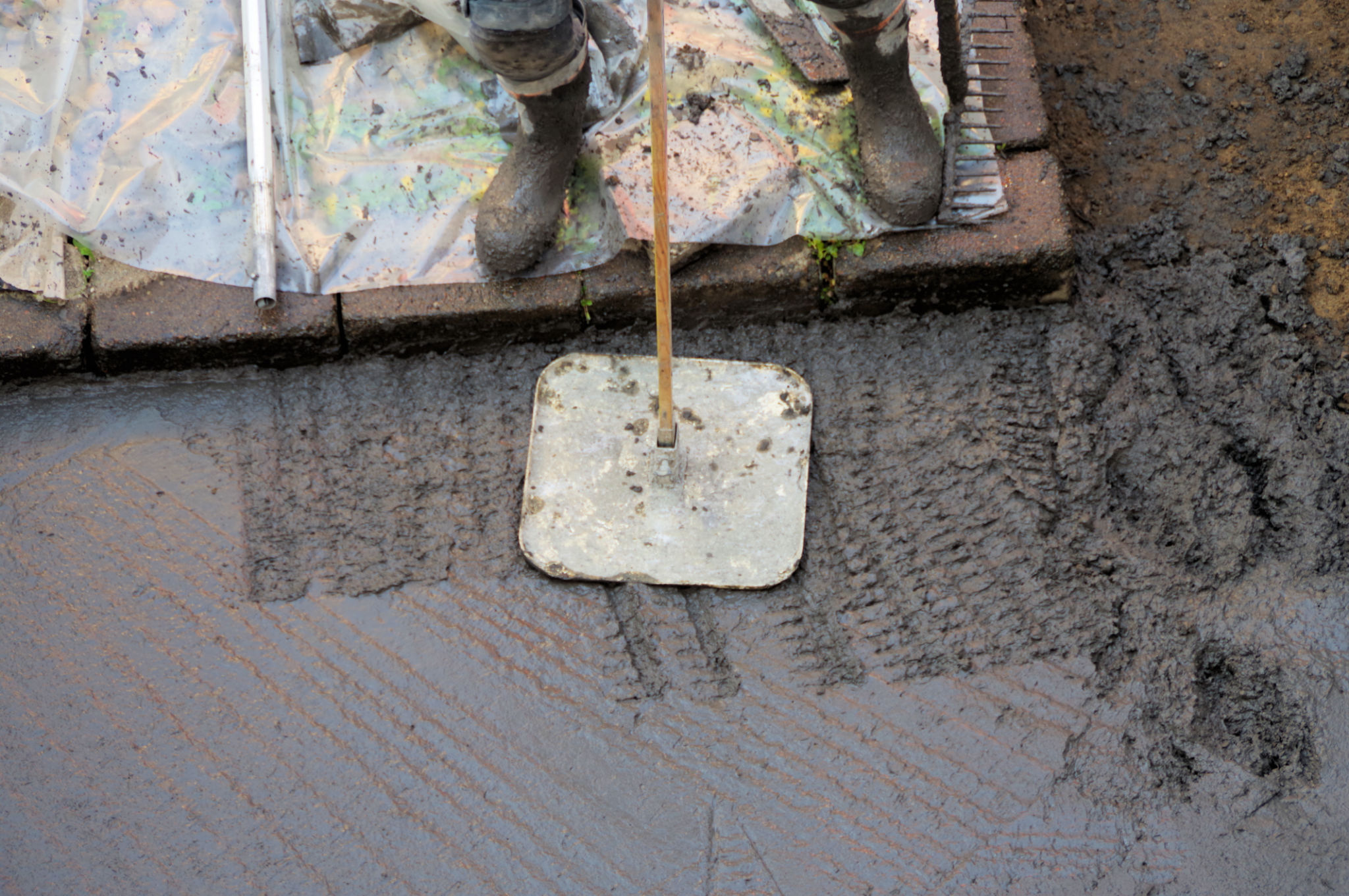How to Prepare Your Concrete Surfaces for Epoxy Coatings
Understanding the Importance of Surface Preparation
Before applying an epoxy coating, it's crucial to understand why surface preparation is essential. Properly preparing your concrete surfaces ensures the epoxy adheres correctly, providing durability and a long-lasting finish. Skipping or rushing through this step can lead to peeling, bubbling, or other failures in the coating.
Concrete surfaces are often porous and may have contaminants like dirt, oil, or old paint. These can interfere with the bonding process. By thoroughly preparing the surface, you create a clean, smooth base for the epoxy to adhere to, ensuring optimal performance and longevity.

Cleaning the Concrete Surface
Remove Debris and Dirt
Start by sweeping or vacuuming the area to remove loose debris and dirt. This initial cleaning step is essential as it prevents particles from becoming embedded in the epoxy. A clean surface allows for a more uniform application and a smoother finish.
Addressing Oil Stains
Oil stains are common on concrete surfaces and must be removed before applying epoxy. Use a degreaser or a mixture of detergent and water to scrub away these stains. For stubborn spots, consider using a concrete cleaner designed specifically for oil removal.

Repairing Cracks and Imperfections
Once the surface is clean, inspect it for cracks or imperfections. It's important to address these issues because they can cause the epoxy coating to crack or bubble over time. Use a concrete patching compound to fill in any holes or cracks, ensuring a smooth and even surface.
Allow the patching compound to dry completely before proceeding. This step may require a waiting period, depending on the product used, so plan accordingly to avoid rushing the process.

Etching the Concrete Surface
Etching is a critical step that involves opening up the pores of the concrete to allow better adhesion of the epoxy. You can use a chemical etcher or a mechanical grinder for this process. If you choose a chemical etcher, be sure to follow all safety instructions and wear appropriate protective gear.
After etching, rinse the concrete thoroughly with water to remove any residue. Allow the surface to dry completely before moving on to the next step. Ensuring the surface is both etched and dry will significantly improve the epoxy's ability to bond.
Moisture Testing
Before applying the epoxy coating, it's essential to test for moisture in the concrete. Excess moisture can prevent proper adhesion, leading to bubbling or peeling over time. Use a moisture test kit designed for concrete surfaces to assess moisture levels accurately.
If high moisture levels are detected, you may need to take additional steps like applying a moisture barrier before proceeding with the epoxy application. This precaution can prevent potential issues and ensure your coating lasts for years to come.

Final Inspection and Preparation
Conduct a final inspection of the surface before applying the epoxy coating. Look for any remaining imperfections or contaminants that may affect adhesion. This is your last chance to address any issues that could compromise the quality of your epoxy coating.
Once satisfied with the surface condition, gather all necessary materials and tools for applying the epoxy. Having everything ready will make the application process more efficient and help achieve professional-looking results.
By following these steps meticulously, you ensure that your concrete surfaces are perfectly prepared for an epoxy coating. Proper preparation not only enhances the appearance of your floors but also extends their lifespan, making it a worthy investment of time and effort.
